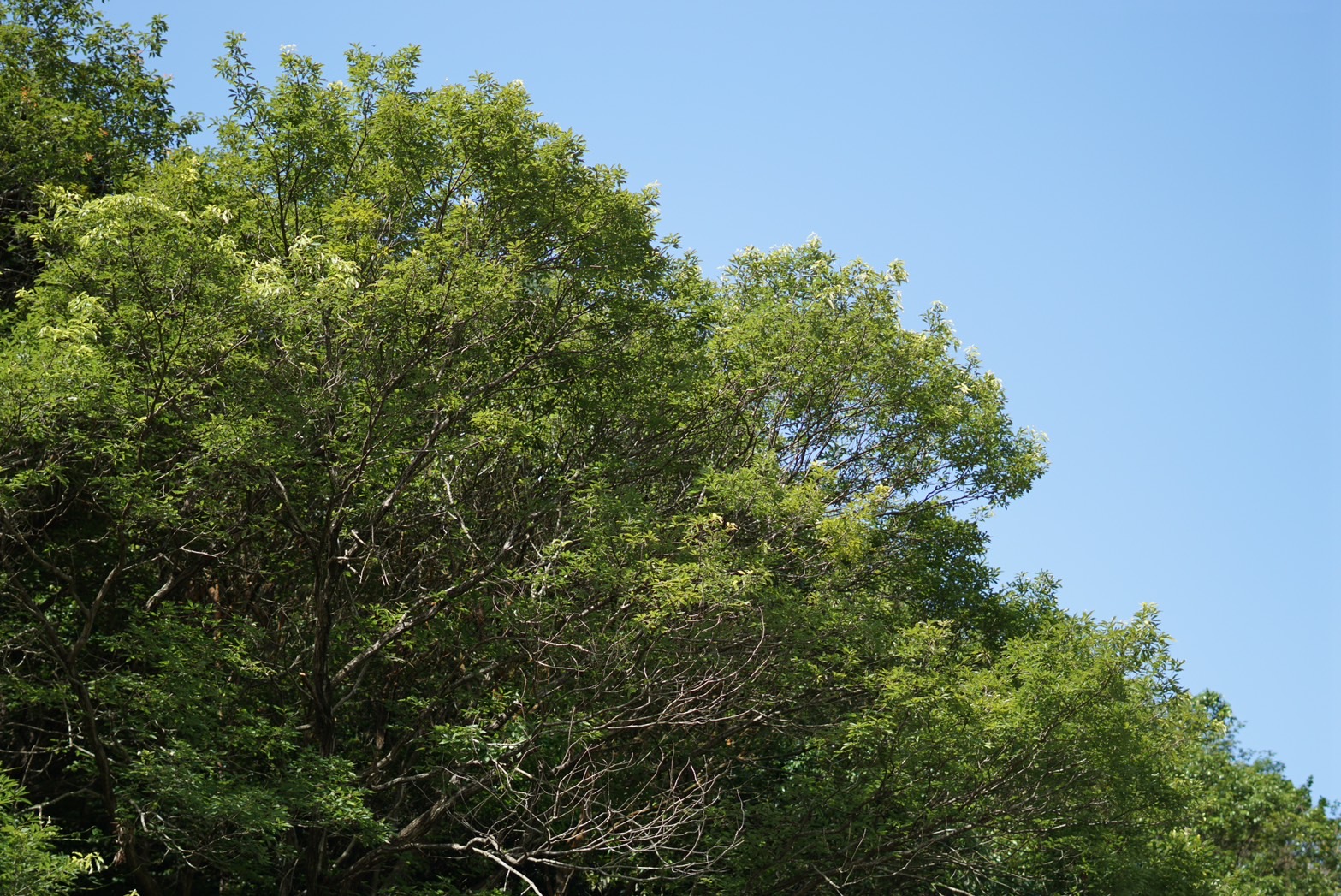7月の稽古がスタートしました。豪雨が昼頃から止み始め、近くの川はまだ騒いでいますが、近隣地域の土砂災害はあまりなかったようです。自然の脅威を目の前にすると、これだけ技術の進化した人間も自然の前には非力なものだと痛感します。
さて、この日の稽古は
1合気体操
2転換足
3摺り足鍛錬
4入身投げの動きの確認
5横受け身
6回転後ろ受け身
7回転前受け身
8逆半身片手取り四方投げ表
9相半身片手取り四方投げ表
10相半身片手取り一教裏
11逆半身片手取り一教裏
12逆半身片手取り呼吸投げ
この日のテーマは「相半身片手取りと相半身片手取り」です。3ヶ月程度稽古をしてきて、なんとなく片手で相手の手を取ることから技が始まることがあるなぁと認識していただいているとは思うのですが、おそらくまだアイハンミとかギャクハンミといわれてもあまりぴんと来ないと思いますので、実は半身の向きを意識して技をしていることを少し意識していただこうと、同じ技を半身違いでやってみました。しかし、私が「この半身はどっちの半身でしょう」と問題を出すと、少年部の子から、すぐに正解が出ましたので、おそらくこの道場の稽古生はかなり優秀です。私が思うよりも、ちゃんとみなさん理解されている様子でした。合気道の稽古ではあまり右とか左とかを言わないように稽古をしていきます。それは相手との関係が大事であって、いつも決まった左右の正解があるわけではないからです。左右というワードに囚われてしまうと、間違って動いてしまうことがあるので、相手に近い手とか相手から遠い足というふうに表現するようにしています。
最後に逆半身の片手取り呼吸投げでは手を8の字に上下する呼吸法を意識する呼吸投げをしました。手を8の字に描くことは合気道ではよくある手法であり、角がなく円を描くように行うその軌道は相手の力をそのまま返すためにとても大切な動きとなります。今回は一人ずつ、杖(じょう)という120cmほどの木の棒を8の字に回していただいて、その手の軌道を練習していただいて技を行いました。足の動きもありますので、いきなり手の軌道を気をつけるのは難しかったですが、できてくると、やはり、手の軌道の大切さに私自身も再確認することができました。
杖を使ったり、投げ技をしたりと、少し危険を伴いますので、より一層怪我には注意していこうと思います。
Training for July has started. The heavy rain stopped around noon, and while the nearby river is still turbulent, there doesn’t seem to have been much landslide damage in the surrounding areas. When faced with the threat of nature, one realizes how powerless humans can be in the face of nature, despite all the advancements in technology.
Now, the training for this day consisted of:
- Aikido warm-up exercises.
- Footwork transitions.
- Sliding foot practice.
- Confirmation of the movements for entering-body throws.
- Side breakfalls.
- Backward rolling breakfalls.
- Forward rolling breakfalls.
- Reverse half-body one-handed four-direction throw (omote).
- Mutual half-body one-handed four-direction throw (omote).
- Mutual half-body one-handed one-technique (ura).
- Reverse half-body one-handed one-technique (ura).
- Reverse half-body one-handed breath throw.
The theme for the day was “Mutual Half-Body One-Handed Techniques.” After practicing for about three months, I believe they have started to recognize that techniques sometimes begin with grabbing the opponent’s hand with one hand. However, I think when terms like “aihanmi” or “gyakuhanmi” are mentioned, they might not fully grasp their meaning. So, to raise awareness of being conscious of the orientation of the half-body, I had them try the same technique with a different half-body orientation. However, when I asked, “Which half-body is this?” one of the children in the youth division immediately gave the correct answer. It seems that the trainees in this dojo are quite exceptional. They understood it better than I had thought. In Aikido training, we don’t emphasize right or left too much. What matters is the relationship with the partner, and there isn’t always a definitive correct answer for left or right. If we get fixated on the words left and right, we might move incorrectly. Therefore, we express it as the hand closer to the opponent or the foot farther from the opponent.
Finally, for the reverse half-body one-handed breath throw, we focused on the breathing technique of moving the hand in an up and down figure-eight motion. Drawing the hand in an figure-eight shape is a common technique in Aikido, and the trajectory, which forms a circular path without corners, is crucial for redirecting the opponent’s force. This time, each person practiced swinging a jo, a wooden staff about 120cm long, in a figure-eight pattern, training the trajectory of the hand, and then performed the technique. It was a bit challenging to pay attention to the hand trajectory while also considering the footwork, but as we progressed, I personally reaffirmed the importance of hand trajectory.
Since we used a staff and performed throwing techniques, which involve some risks, I will be even more careful to prevent injuries.



コメント